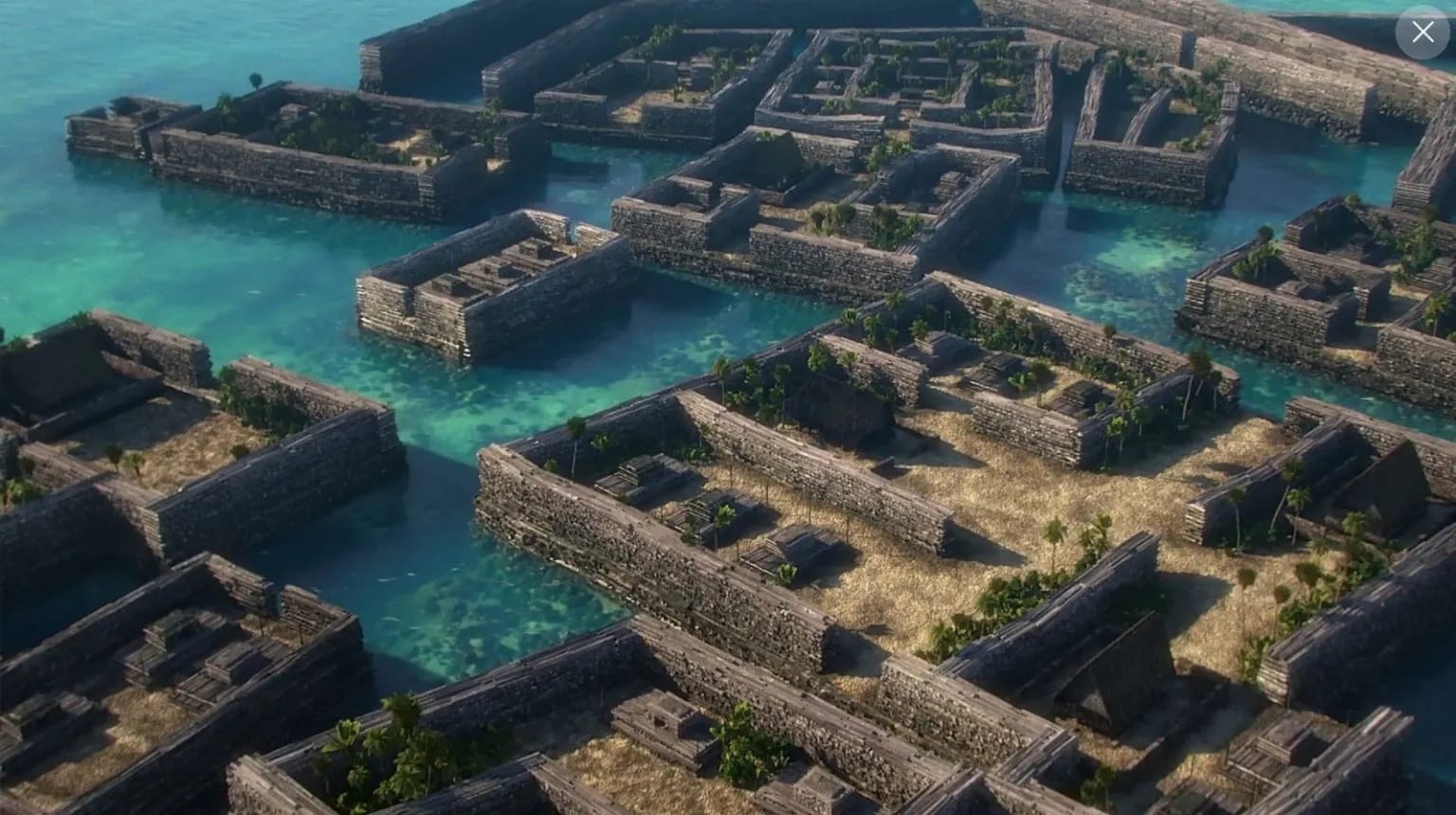Off the eastern shore of Pohnpei Island in the Federated States of Micronesia lies Nan Madol, a mysterious archaeological site often referred to as the “Venice of the Pacific.” Constructed atop a lagoon, this ancient city comprises nearly 100 artificial islets interconnected by a network of canals. Built between the 8th and 17th centuries, Nan Madol served as the ceremonial and political seat of the Saudeleur Dynasty, which unified Pohnpei’s estimated 25,000 inhabitants under centralized rule. The city’s unique location and construction techniques continue to intrigue historians and archaeologists alike.
The engineering feats achieved in Nan Madol are particularly remarkable given the era and available resources. Massive basalt stones, some weighing up to 50 tons, were transported and stacked without the use of mortar to create imposing structures, including temples, tombs, and residential complexes. The exact methods employed to move and position these stones remain a subject of debate, with theories ranging from the use of rafts to more speculative ideas involving lost ancient technologies. The site’s layout reflects a sophisticated understanding of urban planning, with designated areas for different societal functions and classes.
Today, Nan Madol stands as a testament to the ingenuity and organizational prowess of the ancient Micronesians. Recognized as a UNESCO World Heritage Site, it faces challenges related to preservation, including environmental degradation and limited funding for conservation efforts. Increased awareness and research are essential to protect this invaluable cultural landmark, ensuring that future generations can study and appreciate the legacy of the Saudeleur Dynasty and the marvel that is Nan Madol.





